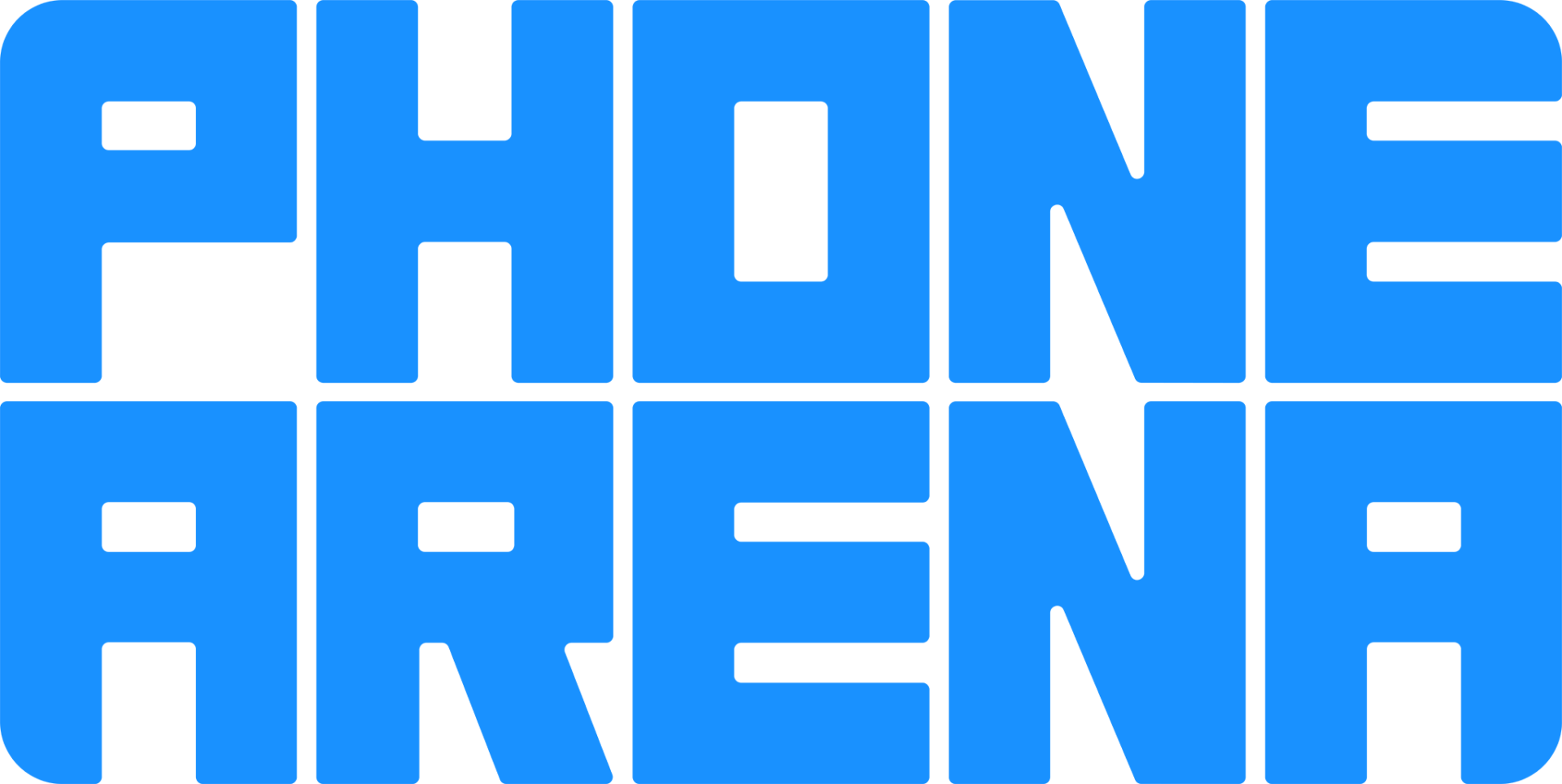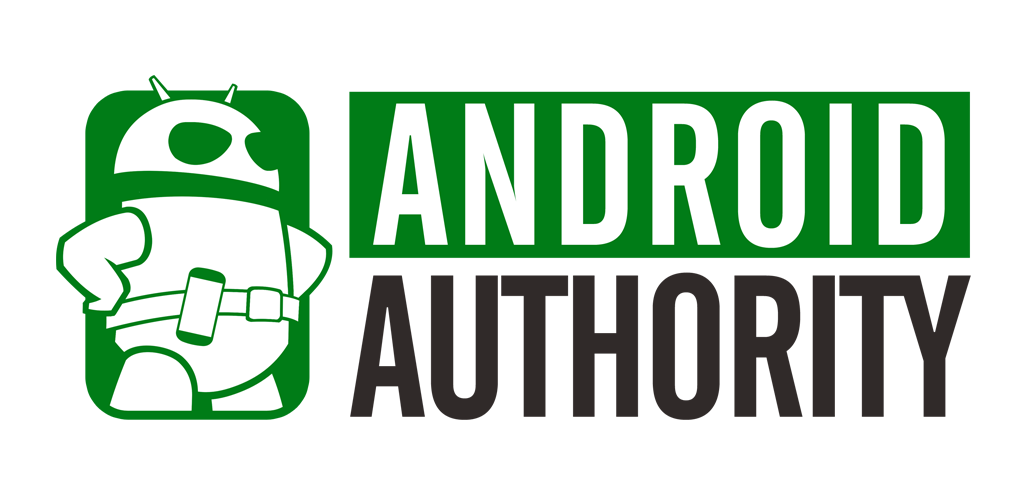A comparison of specs, key information, reviews, and best pricing from top retailers
Last updated -- hours ago | Report incorrect information
What we think

The PerfectRec laptop team Learn more
Updated January 10, 2024·
The Acer Swift Go 14 is significantly more affordable and is a more portable option with its smaller size and lighter weight, making it well-suited for general use such as browsing the web, working with office applications, and watching videos. Its battery life allows for extended use on the go. However, the Razer Blade 17 offers superior performance with a more powerful processor and graphics card, which is ideal for 3D modeling, machine learning, gaming, and intensive engineering software; but it is bulkier and has shorter battery life. The choice depends on whether your priority is portability and cost, or high performance for demanding tasks. Give Feedback
this description is based on the product variant with some specs and product variant with some specs. At the time of writing, the variant with some specs cost some dollars and the variant with some specs cost some dollars.
Advantages of the Acer Swift Go 14
- Excellent portability
- Good battery life
Advantages of the Razer Blade 17
- Very good for general use
- Excellent for engineering and design
- Very good for gaming and AI
- Very good for software development
- Very good for content creation
- Very good overall display quality
- Very good overall build quality
- Excellent speakers
- Excellent keyboard
Key differences
General Use
7.7


8.5
1920 x 1200
RESOLUTION
3840 x 2160
IPS
DISPLAY TECHNOLOGY
IPS
300.0 nits
DISPLAY BRIGHTNESS
486.0 nits
8.0 Hours
BATTERY LIFE
5.5 Hours
8.0/10
KEYBOARD QUALITY SCORE
9.0/10
9.0/10
PORTABILITY SCORE
6.7/10
The Razer Blade 17 is very good for general use, while the Acer Swift Go 14 is good.
The Razer Blade 17 stands out for general use due to its more powerful Intel i9 processor and double the RAM compared to the Acer Swift Go 14's Intel i7 processor and half the RAM, which translates to a smoother and quicker performance in demanding tasks. Although the Acer Swift Go 14 is lighter and offers better battery life, making it highly portable, the Razer's high-resolution screen, superior heat management, and powerful dedicated graphics card provide a richer visual experience and better overall performance, but with the tradeoff of heavier weight and reduced battery life during typical usage.
Gaming and AI
6.4


8.6
3.7/10
OVERALL GPU SCORE
9.2/10
1920 x 1200
RESOLUTION
3840 x 2160
60Hz
REFRESH RATE
144Hz
No
SUPPORTS DLSS
Yes
No
MUX SWITCH / ADVANCED OPTIMUS
Yes
8.7/10
FAN NOISE SCORE
7.2/10
The Razer Blade 17 is very good for gaming and AI, while the Acer Swift Go 14 is only fair.
The Acer Swift Go 14 has an integrated GPU and a standard refresh rate, limiting its gaming and 3D capabilities compared to the Razer Blade 17, which has a high-end dedicated GPU and a higher screen refresh rate, enhancing fluidity and detail in gaming and 3D scenarios. Moreover, the Razer's superior CPU and better screen quality contribute to its excellent performance for these applications, while the Acer offers decent performance with lesser hardware specifications.
Engineering and Design
7.2


9.1
7.4/10
OVERALL CPU SCORE
9.2/10
3.7/10
OVERALL GPU SCORE
9.2/10
16.0 GB
RAM
32.0 GB
The Razer Blade 17 is excellent for engineering and design, while the Acer Swift Go 14 is good.
The Razer Blade 17 outshines the Acer Swift Go 14 for engineering and design tasks due to its superior CPU, double the RAM, and high-end GPU, paired with a higher resolution and brighter screen that's better for detailed work. While the Acer Swift Go 14 offers portability and less operating noise, professionals requiring intensive computational power and superior screen quality may prefer the Razer's performance, despite its heavier build and louder operation.
Content Creation
7.6


8.5
7.4/10
OVERALL CPU SCORE
9.2/10
1920 x 1200
RESOLUTION
3840 x 2160
16.0 GB
RAM
32.0 GB
IPS
DISPLAY TECHNOLOGY
IPS
The Razer Blade 17 is very good for content creation, while the Acer Swift Go 14 is good.
PerfectRec’s Content Creation Score takes into account the many different features of the laptop that make it more or less suitable for photo editing, video editing and other content creation tasks.
Software Development
7.6


8.5
7.4/10
OVERALL CPU SCORE
9.2/10
16.0 GB
RAM
32.0 GB
1920 x 1200
RESOLUTION
3840 x 2160
8.0/10
KEYBOARD QUALITY SCORE
9.0/10
The Razer Blade 17 is very good for software development, while the Acer Swift Go 14 is good.
PerfectRec’s Software Development Score takes into account the many different features of the laptop that make it more or less suitable for software developers.
Screen Quality
6.8


8.6
14.0in
SIZE
17.3in
1920 x 1200
RESOLUTION
3840 x 2160
IPS
DISPLAY TECHNOLOGY
IPS
60Hz
REFRESH RATE
144Hz
300.0 nits
BRIGHTNESS
486.0 nits
The Razer Blade 17 has a better screen than the Acer Swift Go 14 for general use, gaming and AI, engineering and design, content creation, and software development.
When considering the Acer Swift Go 14 for general use, its resolution and brightness provide a clear and vibrant display but its lower refresh rate limits its effectiveness for 3D applications. The Razer Blade 17 excels for engineering and design tasks thanks to its wide color gamuts offering accurate color reproduction, yet its screen may not be optimal for 3D due to a lower refresh rate. For gaming and 3D graphics, high refresh rates are crucial to ensure smooth motion which may not be a strength for either of these laptops.
Battery
8.0 Hours


5.5 Hours
The Acer Swift Go 14 has 8 hours of battery life. The Razer Blade 17 has 5.5 hours of battery life.
Battery life estimate is based on a mix of common use patterns. More portable and higher performing laptops tend to have less battery life.
Portability
Excellent


Fair
14.0in
SIZE
17.3in
2.7 lbs
WEIGHT
6.0 lbs
0.5in
THICKNESS
0.7in
The Acer Swift Go 14 has excellent portability, while the Razer Blade 17 has only fair portability.
The most portable laptops are small, thin, and light.
Build Quality
7.4


8.5
The Razer Blade 17 has very good build quality, while the Acer Swift Go 14 has good build quality.
PerfectRec’s Build Quality Score incorporates case materials, display and keyboard flex, hinge quality, and overall reliability.
Cost
$793


$4,300
$0
$1,000
$2,000
$3,000
$4,000
The Acer Swift Go 14 has a price of $793 and the Razer Blade 17 costs $4,300.

Let Us Help Find Your Perfect Laptop
Find your new laptop
Give feedback
We’re constantly working to improve.
How the Acer Swift Go 14 and the Razer Blade 17 compare to other laptops
Spec Comparison
| Acer Swift Go 14 | Razer Blade 17 |
GENERAL | |||
|---|---|---|---|
| Price | |||
$793 | $4,300 | ||
Release Date | |||
Release Date | April 1, 2023 | February 1, 2022 | |
Overall Dimensions | |||
Overall Dimensions | 12.3'' x 8.6'' x 0.59'' | 15.6'' x 10.2'' x 0.78'' | |
Weight | |||
Weight | 2.76 lbs | 6.06 lbs | |
Width | |||
Width | 12.32" | 15.55" | |
Depth | |||
Depth | 8.58" | 10.24" | |
INTERNAL | |||
|---|---|---|---|
Processor | |||
Processor | Intel i7-1355U | Intel i9-12900H | |
RAM | |||
RAM | 16 GB | 32 GB | |
DDR Memory Version | |||
DDR Memory Version | 5 | 5 | |
RAM Slots | |||
RAM Slots | 0 | 2 | |
Storage | |||
Storage | 512 GB | 1024 GB | |
BATTERY | |||
|---|---|---|---|
Battery Life | |||
Battery Life | 8 Hours | 5.5 Hours | |
Battery Capacity | |||
Battery Capacity | 65 Wh | 82 Wh | |
SCREEN | |||
|---|---|---|---|
Diagonal Size | |||
Diagonal Size | 14" | 17.3" | |
Display Technology | |||
Display Technology | IPS | IPS | |
Resolution | |||
Resolution | 1920 x 1200 | 3840 x 2160 | |
Refresh Rate | |||
Refresh Rate | 60Hz | 144Hz | |
Display Brightness | |||
Display Brightness | 300 nits | 486 nits | |
RELIABILITY, APPEARANCE & ACOUSTICS | |||
|---|---|---|---|
Build Quality Score | |||
Build Quality Score | 7.4/10 | 8.5/10 | |
Portability Score | |||
Portability Score | 9/10 | 6.8/10 | |
Gaming Laptop Appearance | |||
Gaming Laptop Appearance | No | Yes | |
Premium Business Laptop | |||
Premium Business Laptop | No | No | |
Fan Noise Score | |||
Fan Noise Score | 8.8/10 | 7.3/10 | |
HARDWARE FEATURES | |||
|---|---|---|---|
Keyboard Quality Score | |||
Keyboard Quality Score | 8/10 | 9/10 | |
Speaker Quality Score | |||
Speaker Quality Score | 6.5/10 | 9.1/10 | |
Webcam | |||
Webcam | 1440p | 1080p | |
Fingerprint Reader | |||
Fingerprint Reader | Yes | No | |
Backlit Keyboard | |||
Backlit Keyboard | Yes | Yes | |
Number Pad | |||
Number Pad | No | No | |
CONNECTIVITY | |||
|---|---|---|---|
USB Type-A | |||
USB Type-A | 2 | 3 | |
USB-C ports | |||
USB-C ports | 2 | 2 | |
USB-C Charging | |||
USB-C Charging | Yes | Yes | |
Display Outputs | |||
Display Outputs | 3 | 3 | |
Thunderbolt Version | |||
Thunderbolt Version | 4 | 4 | |
Shopping
Acer Swift Go 14
See more
Dig into reviews and images
PCMag
Mark Knapp | May 2023
"The Acer Swift Go 14 is a surprising machine. Its performance, display, and battery life leave little to be desired from a device at this price. You might think it’d be cheaper given the “Go” in the name, or thinner given its close competition with thin-and-light laptops, but it manages to strike a decent enough balance between its capabilities and hardware to really stand out as an exceptional value."
Razer Blade 17
See more
Dig into reviews and images
NotebookCheck
Sascha Mölck | July 2022
"Our test configuration of the Blade 17 targets gamers and creative professionals. A Core i9-12900H processor, GeForce RTX 3080 Ti Laptop GPU (175 watts TGP after the BIOS update, 16 GB of VRAM), and 32 GB of working memory equip the laptop for video processing, rending, and 4k gaming at the highest level. In addition, a fast PCIe-4 SSD (1 TB) ensures short load and storage times. With the Blade 17 (Early 2022), Razer delivers a successful and powerful work device for creative professionals. But this also has its price."
Get a great deal on the Acer Swift Go 14 or the Razer Blade 17
About Acer
Acer is a prominent Taiwanese electronics brand which makes a wide range of laptops, with multiple product lines catering to personal use, gaming, and business use. They are renowned for having exceptional value for money, as they frequently offer good specifications at a lower price than other manufacturers.
About Razer
Razer is an American-Singaporean technology company. Razer is best known for their Blade series laptops, well known for their strong performance and sleek design. Although Razer charges a premium price tag for their laptops, buyers can expect a stealthy laptop with clean fit and finish and strong performance. All of their models offer great portability and build quality compared to other gaming laptops.
Give feedback
We're constantly perfecting our model
Laptop guides you might be interested in
More comparisons for you
FAQs
FAQs about laptops
Why trust us
This information was produced and vetted by the PerfectRec laptops team. We are a product research and recommendation organization that meticulously reviews and evaluates the latest laptop information and makes it digestible for you.
By the numbers
380
Laptops evaluated
48,640
Laptops stats compiled
13
Proprietary Laptops ratings developed
131,595
Recommendations made
28,513
Consumer hours saved
About the laptop team
Joe Golden, Ph.D
CEO and Laptops Editor
Joe is an entrepreneur and lifelong electronics enthusiast with a Ph.D in Economics from the University of Michigan.
Jason Lew
Staff Expert & Software Engineer
Jason is a staff expert and software engineer that has been making laptop recommendations for 7 years and moderates one of the largest laptop subreddits.
Chandradeep Chowdhury
Staff Expert & Software Engineer
Chandradeep is a staff expert and software engineer and expert in televisions and monitors. He’s been making monitor recommendations for ten years.
Craig Russell
Laptops Expert
Craig is a UK-based laptops expert. Craig works in IT, where he recommends and supports laptops and PCs for clients and has been recommending laptops on Reddit for five years.







